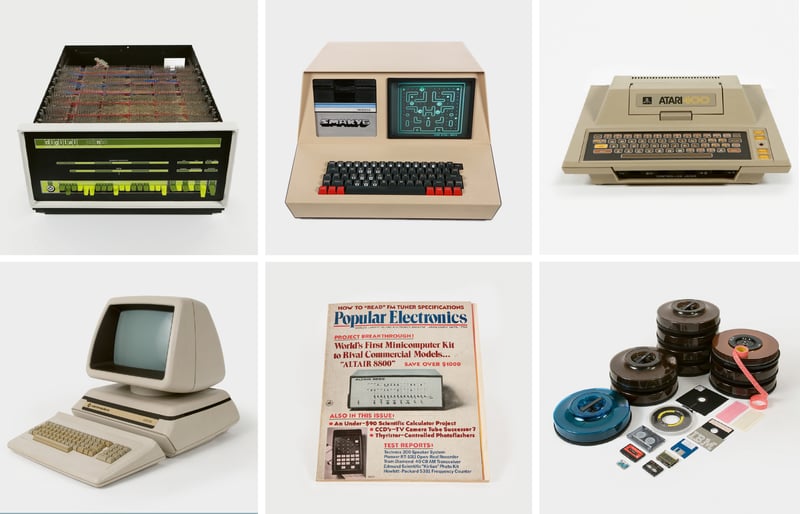
 Programmed disappearance
Programmed disappearance
Musée Bolo investigates - An original, thought-provoking and entertaining exhibition.
Learn more


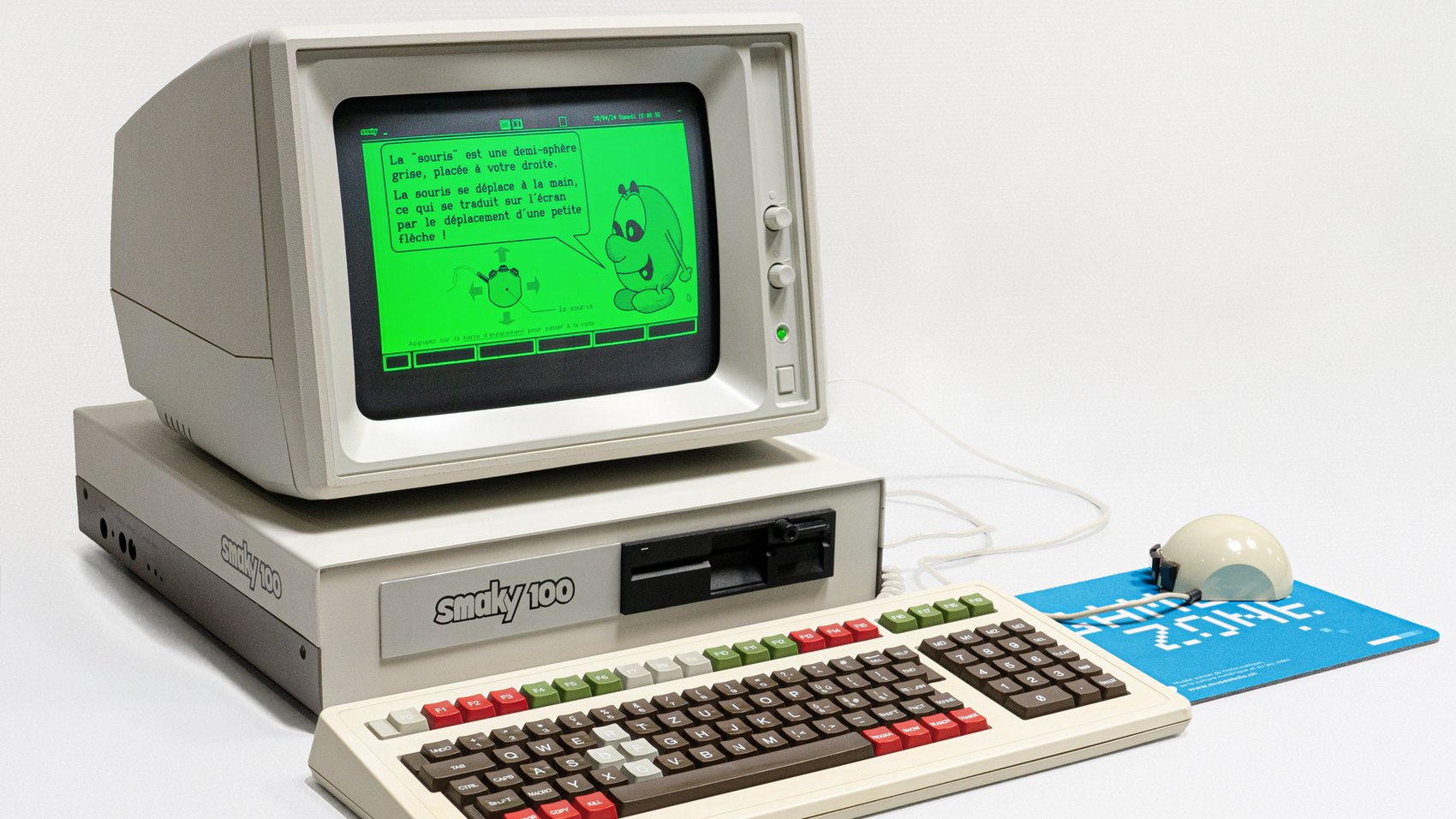
The Bolo Museum invites you to turn on the light: that of circuits, screens, memories... Exhibitions, tours, conferences and Game Lounge await you for a magical night, full of floating pixels and luminous curiosity.

Musée Bolo investigates - An original, thought-provoking and entertaining exhibition.
Learn more
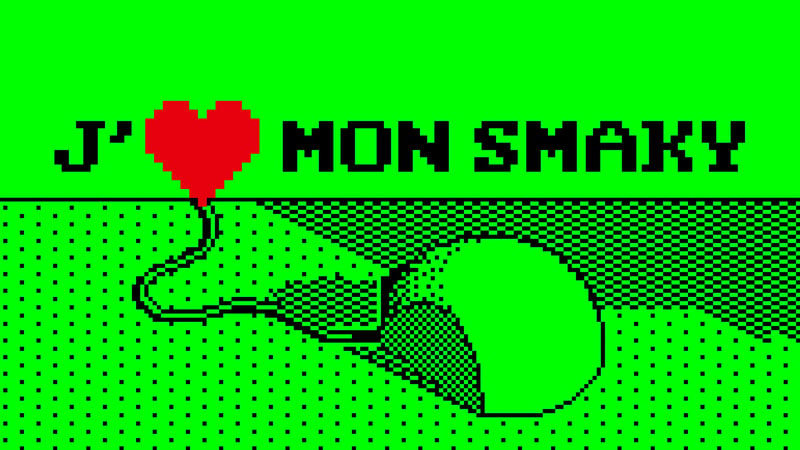
Learn more
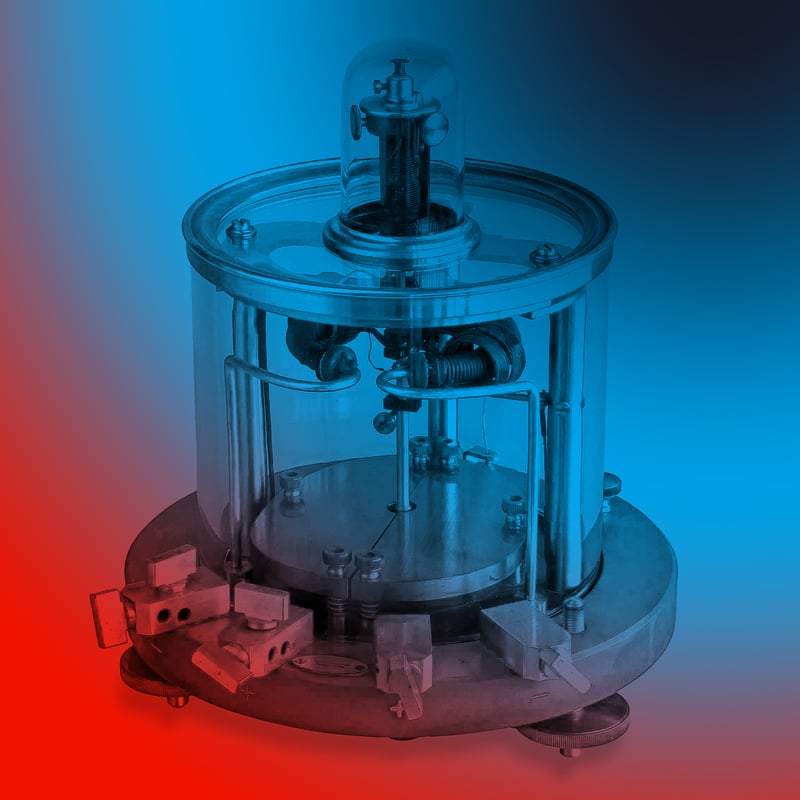
12h00
22h00
Musée Bolo - Computer Science, Digital Culture and Video Games
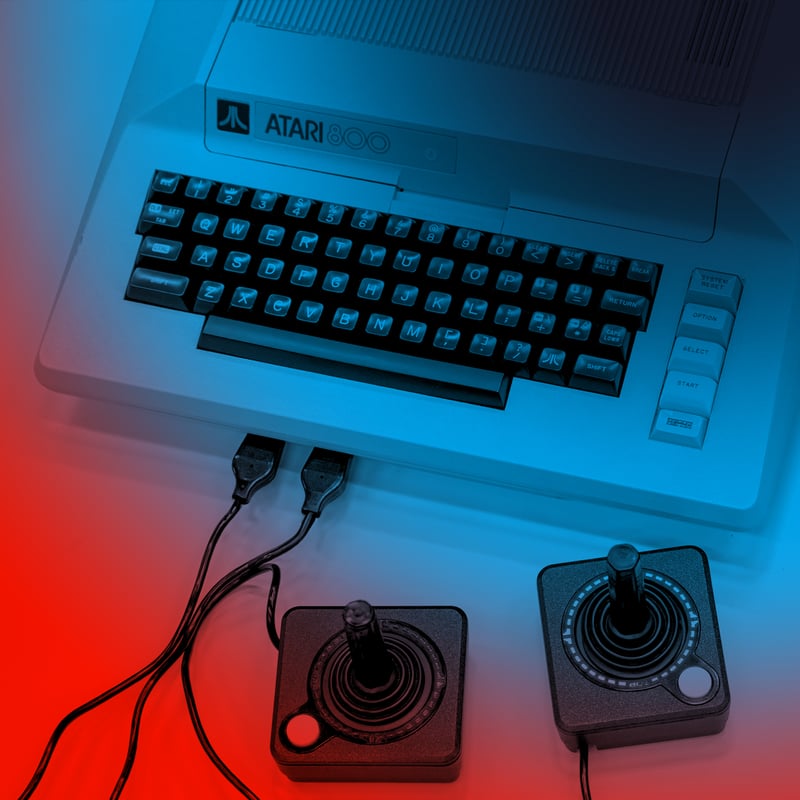
12h00
22h00
Musée Bolo - Computer Science, Digital Culture and Video Games
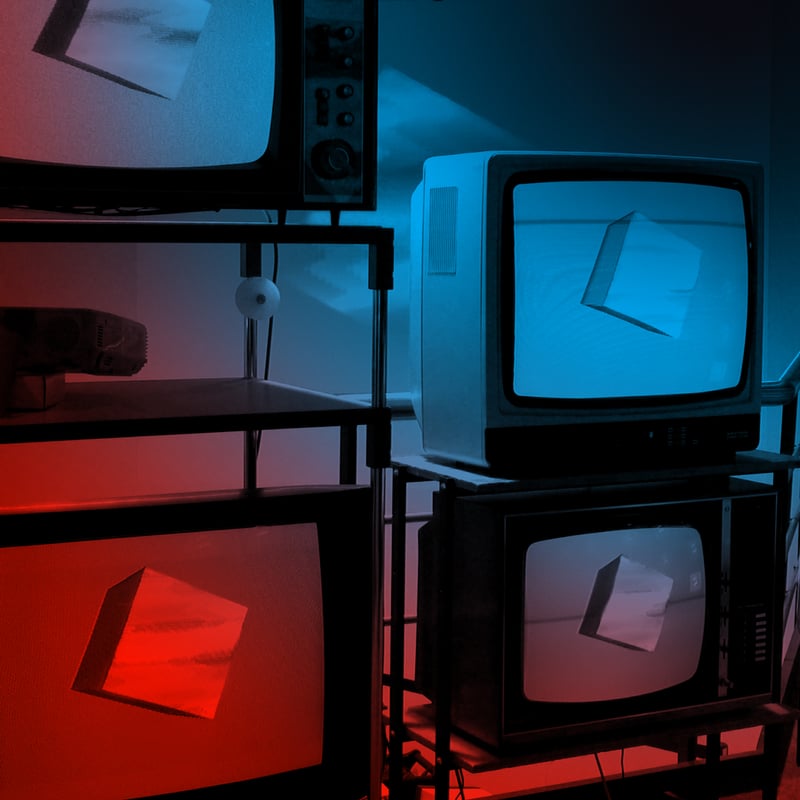
12h00
22h00
Musée Bolo - Computer Science, Digital Culture and Video Games
12h00
22h00
Musée Bolo - Computer Science, Digital Culture and Video Games

12h00
22h00
Musée Bolo - Computer Science, Digital Culture and Video Games

13h30 (30m)
Musée Bolo - Computer Science, Digital Culture and Video Games
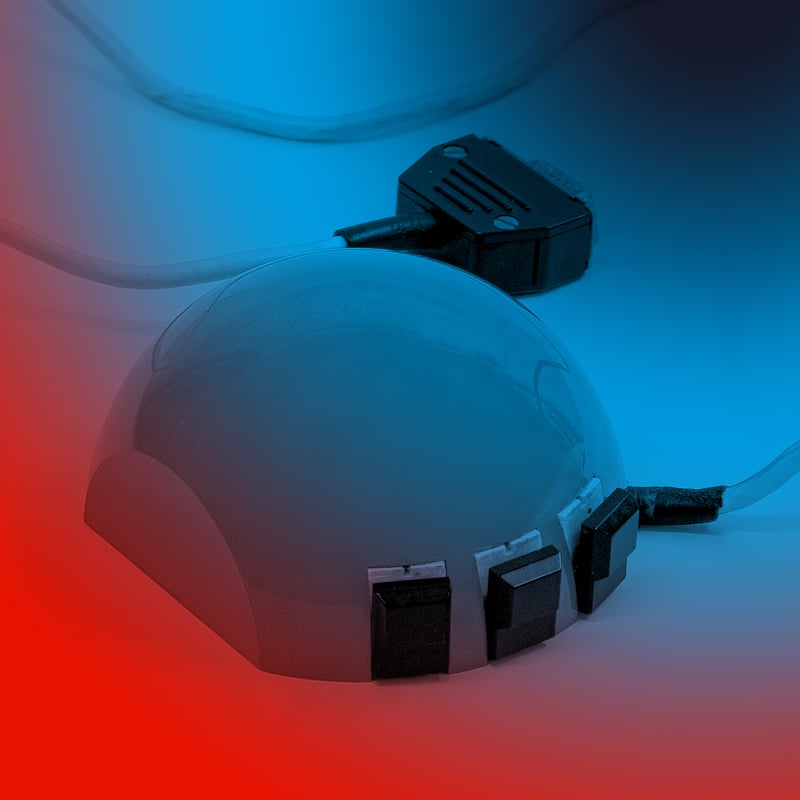
14h00 (15m)
Musée Bolo - Computer Science, Digital Culture and Video Games
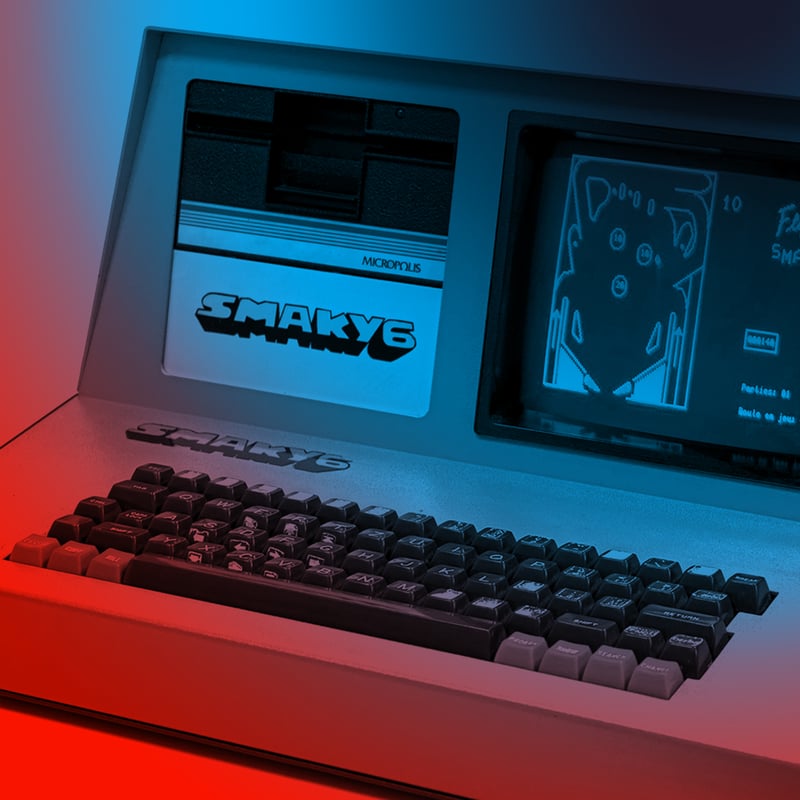
14h30 (15m)
Musée Bolo - Computer Science, Digital Culture and Video Games
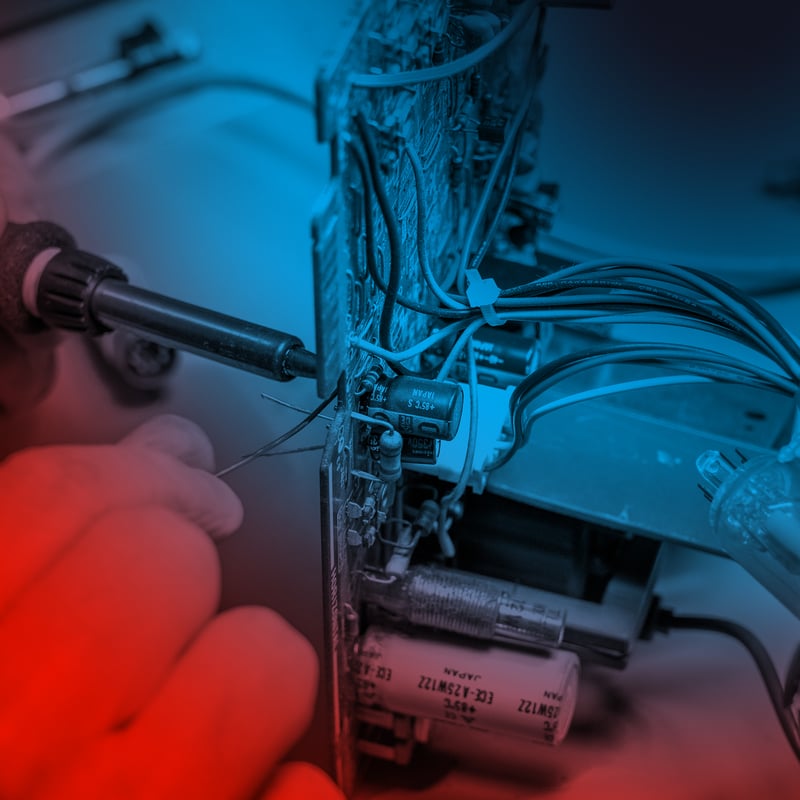
15h00 (15m)
Musée Bolo - Computer Science, Digital Culture and Video Games
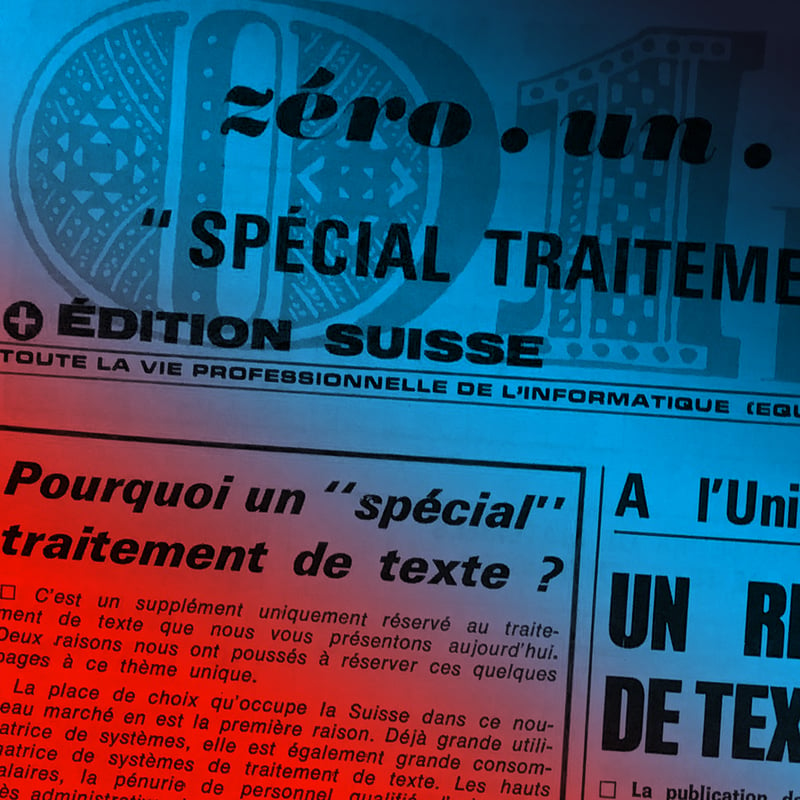
15h30 (15m)
Musée Bolo - Computer Science, Digital Culture and Video Games
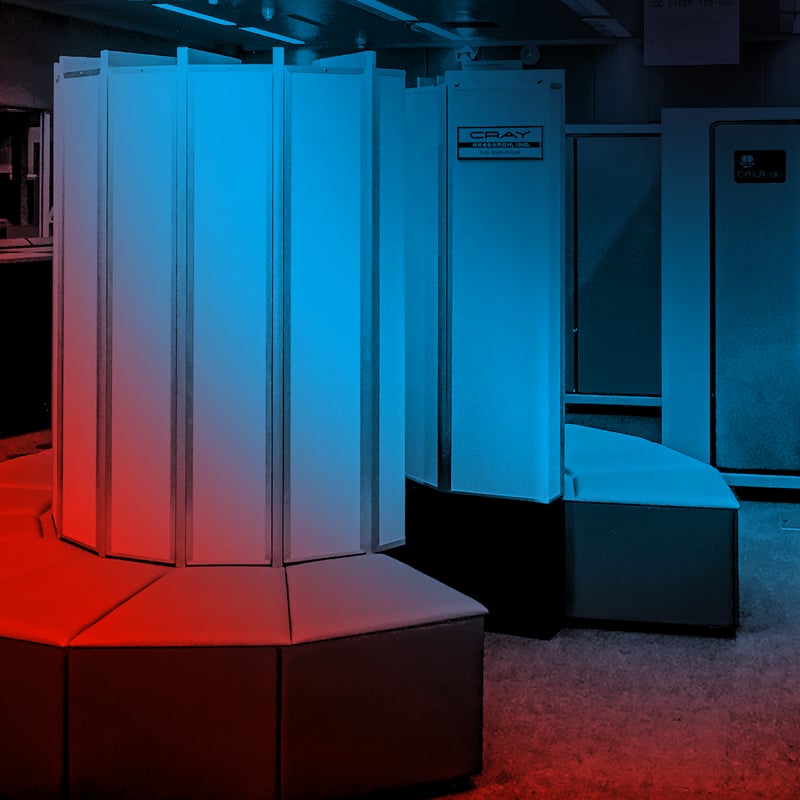
16h00 (40m)
Musée Bolo - Computer Science, Digital Culture and Video Games
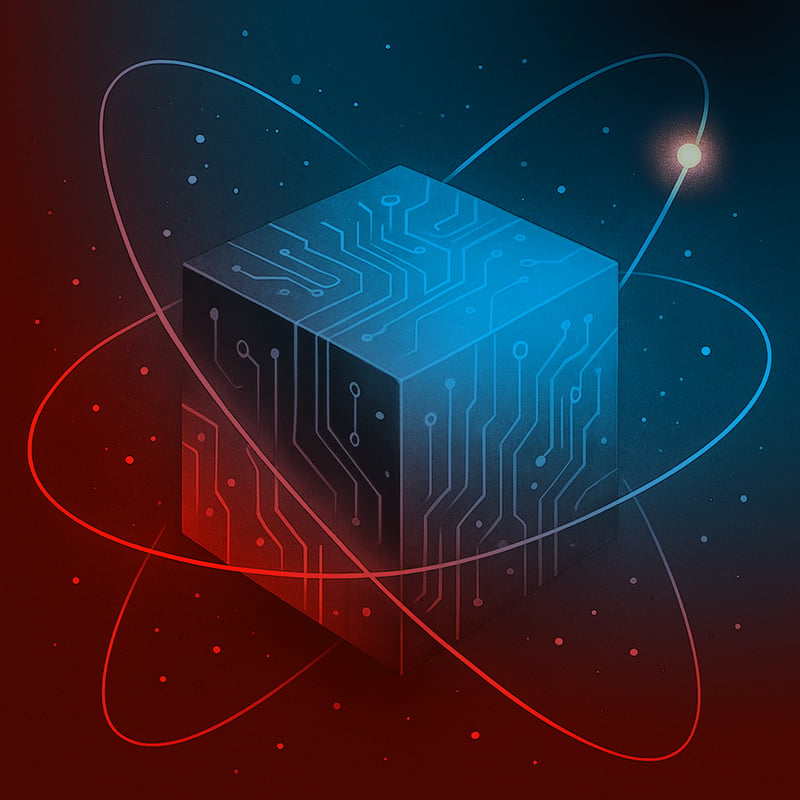
17h00 (45m)
Musée Bolo - Computer Science, Digital Culture and Video Games
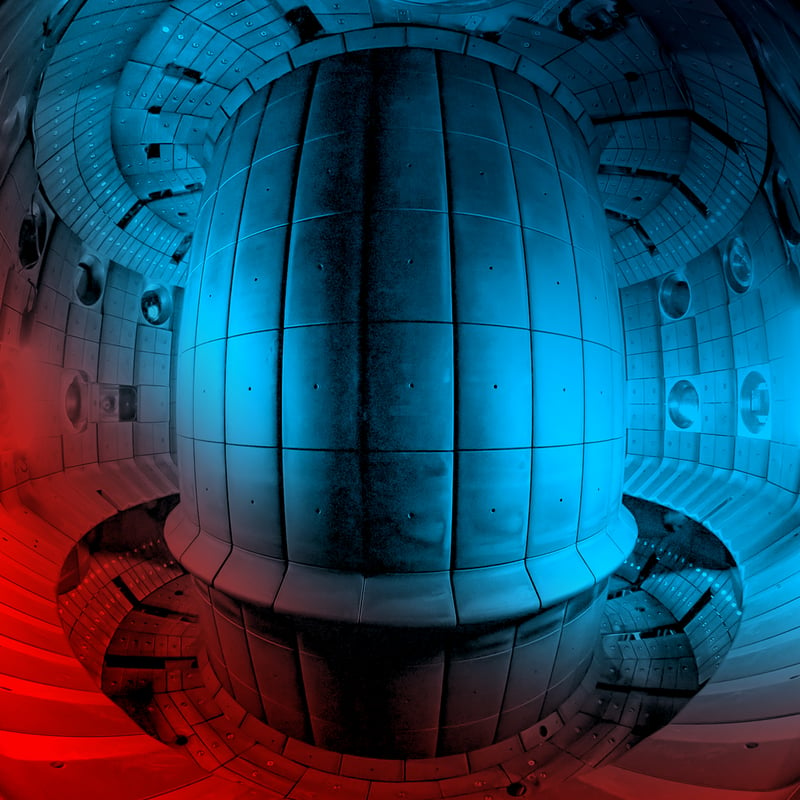
18h00 (45m)
Musée Bolo - Computer Science, Digital Culture and Video Games
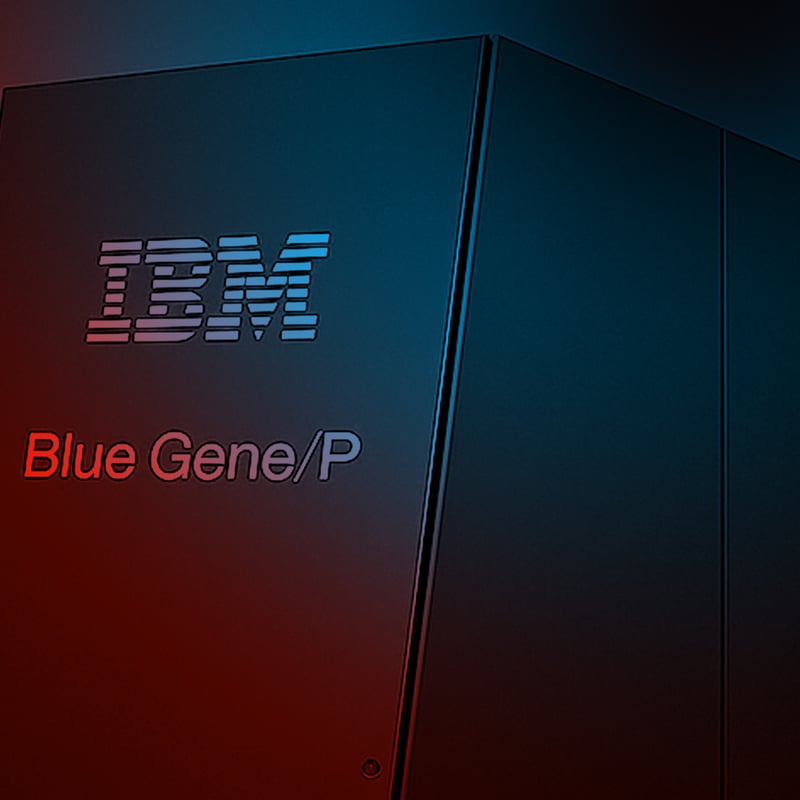
20h30 (30m)
Musée Bolo - Computer Science, Digital Culture and Video Games
Musée Bolo, a private museum, opened its doors in June 2002 in premises made available by courtesy of EPFL's Faculty of Computer Science and Communications. Although only 3% of its vast collection, one of the largest in Europe, are exhibited (free of charge), its storage areas abound in thousands of computers and objects related to the young but already rich history of computing.
Musée Bolo invites you to explore and question the evolution of the computer in the form of an investigation, through the original and entertaining exhibition Programmed Disappearance, following five paths: reduction, camouflage, oblivion, dissolution and humanisation.
Nostalgic visitors will be able to rediscover the legendary Smaky microcomputers from the canton of Vaud, which they used at school and which they will be able to see switched on during a guided tour. A lively chance to meet Blupi, the mascot of the rich Smaky universe, next to the Macintosh (1984), or a replica of the Apple I, the legendary machine assembled in 1976 in a garage by two famous pioneers, Steve Jobs and Steve Wozniak, here entirely rebuilt by the members of the association Les Amis du Musée Bolo.
Inseparable fans of the multi-tasking smartphone will be amazed by the Cora 1 (1963), which could withstand temperatures of -40°, or by the Cray supercomputers, those number-crunching dinosaurs, restored in 2022, which were true pioneers of scientific computing and digital simulation in their day. As for the enigmatic black Cube (NeXT), it was the first Web server at CERN.
Before leaving Musée Bolo, visitors will have the opportunity to chat with Eliza, a virtual therapist from the 1960s and the ancestor of ChatGPT.
Behind Musée Bolo and its machines, the fruits of human creativity and ingenuity, rediscovered, restored and, in some cases, put back into working order, volunteers work actively and wish you a wonderful discovery!